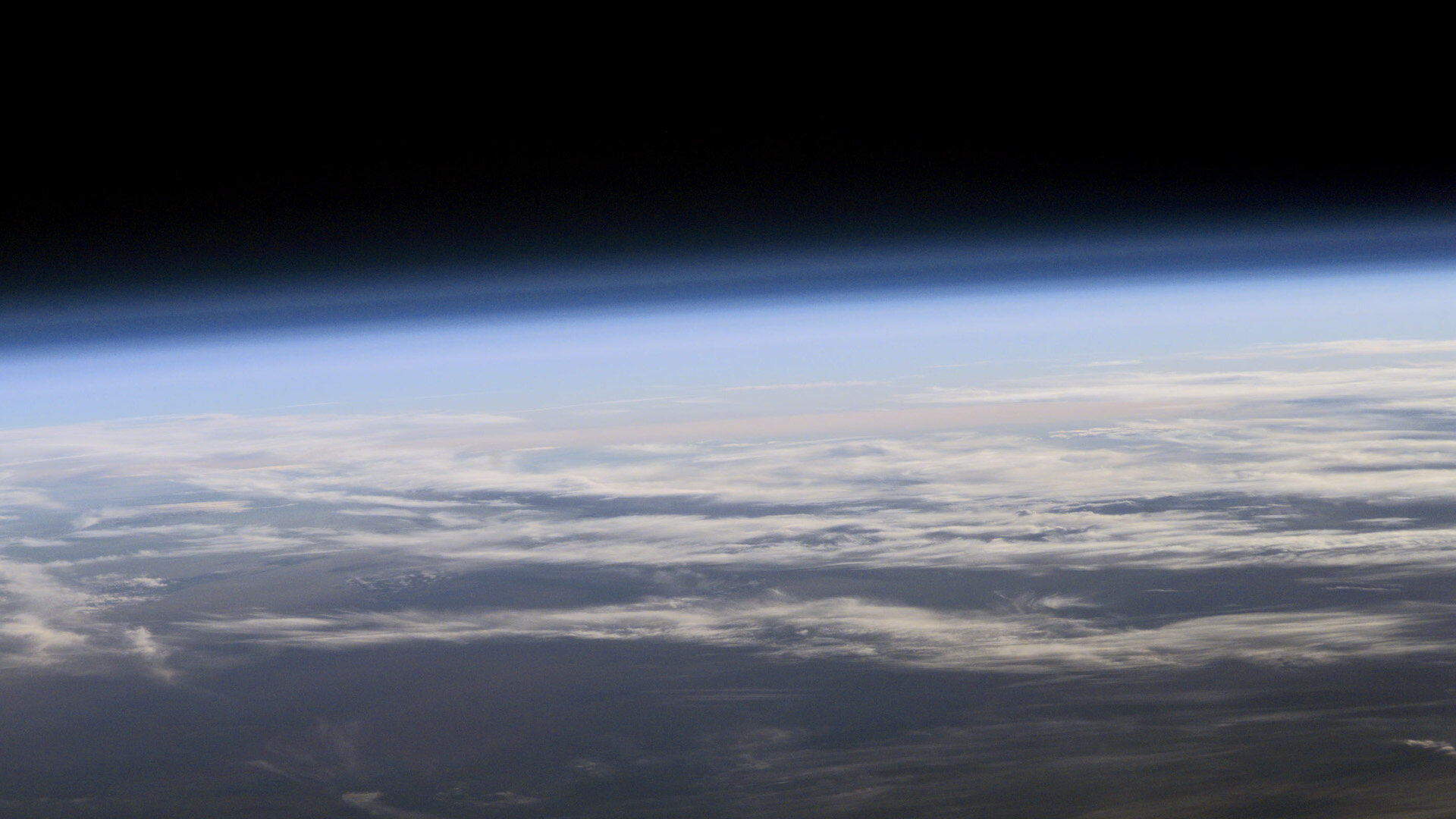Excited to announce our new paper on the information contained in the age-dependence of biosignatures in samples of broadly earth-like planets. Our paper – that appeared on arXiv a few hours ago and is in press at the Astrophysical Journal – explores two important questions: 1) If we detect possible biosignatures in an exoplanet survey, how we can increase our confidence in the conclusion that we did find life? and, 2) What simple models could we possibly test about the evolution of living world?
The first question is important as we currently do not know of any atmospheric, detectable biosignature that is a firm, reliable, and unambiguous indicator of life: instead, biosignatures are good hints that indicate worlds that may harbor life. This limitation is due to the fact that there are abiotic processes that can produce the same gases — or even combinations of gases – as life may do. Free molecular oxygen (and its often more detectable counterpart ozone, O3) are good examples for gases that on Earth are produced in large amounts only by photosynthetic life, but may also be produced by photolysis, ultraviolet light-driven breakdown of water molecules (H2O) and the subsequent escape of H to space and formation of O2 molecules from the leftover. With enough information on the planetary properties, atmospheric composition, and evolution history of the given planet, such false positives (biosignatures from abiotic processes) can be ruled out. Sadly, often we may not be able to do this. Because Earth-like planets are so difficult to detect and characterize, in the decades to come we will always have limited information on the planets we study. (An important challenge we addressed in an earlier paper). In our new paper, we provide an additional source of information that can help verify the interpretation of a biosignature as “proof of life” in a large enough sample, by looking at the exoplanet population.
I find the second question – whether we could test evolutionary models through the planned exoplanet surveys – even more interesting. Exoplanet survey definitions, for very good reasons, tend to focus on accomplishing an already very challenging task: detecting and assessing the frequency of “life” (as deduced from biosignatures) in exoplanet populations. However, due to the likely complexity of earth-like planets and potential alien ecosystems, understanding how planets evolve may play a powerful part in interpreting the observations. This raises the question, which has not yet been explored at depth: what sort of evolutionary hypotheses could we possibly test with the kind of data next-generation space telescopes could delivery?
In our new paper – led by Steward Observatory graduate student Alex Bixel – we explored the most obvious starting hypothesis for the atmospheric evolution of habitable worlds, and some of its variants, and assessed whether these could be tested via upcoming exoplanet surveys (such as HabEx, LUVOIR, and our own Nautilus).
The most obvious model is that a fraction of habitable worlds have life; and those with life evolve similarly to Earth’s evolution, but not necessarily with the same timing. A major change in Earth’s atmospheric composition – and one that may be possible to detect – is the rise of free atmospheric oxygen. This change, the Great Oxidation Event (GOE), represents a fundamental change in Earth’s atmosphere and its chemical state, also enabling the emergence of complex organisms

In our study we found that the sample sizes of the space telescopes concepts currently under development or consideration for habitable planet characterization have a potential for testing the general atmospheric evolution of Earth-like planets. The number of exoplanets that LUVOIR and Nautilus could explore would likely be sufficient to see if there is a difference in the occurrence rates of atmospheric oxygen between planets in young and old systems – a pattern we would expect to see if planets evolve broadly similar to Earth. The detection of such an age-–oxygen correlation would be exciting: it would help increase confidence in the interpretation of oxygen as true indicator of life in the studied planets and it would also suggests that some planets that are now Earth-like did evolve similarly to Earth. We also show the importance of understanding the ages of the planetary systems studied, as testing the age-oxygen trend requires planets with different ages.

Our study is, of course, not the end of the story but rather its beginning: more work will be needed to explore what type of atmospheric evolution may be detectable and how large samples (how many planets) are required to explore the evolutionary pathways. This can help inform the designs of exoplanet surveys (and telescopes) and understand their diagnostic power for the evolution of Earth-like planets.
